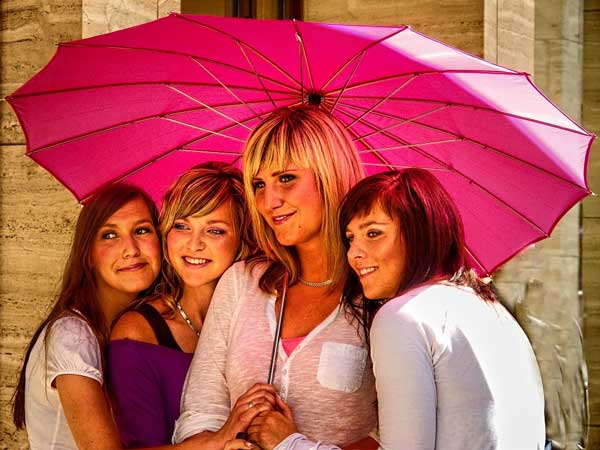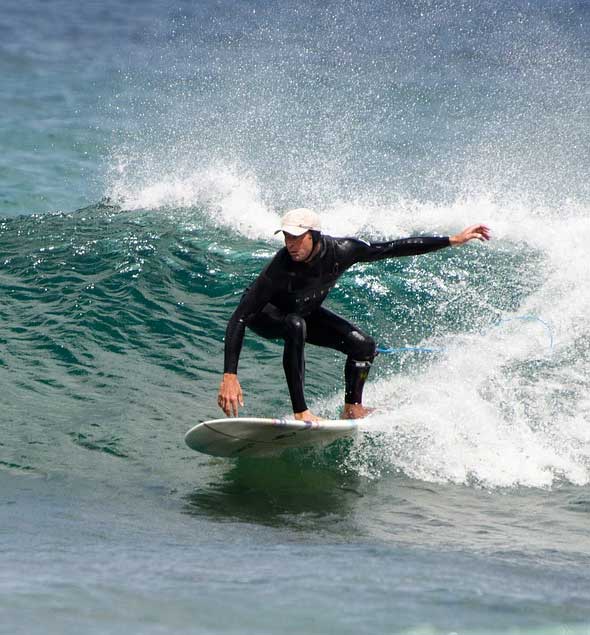

The sun’s ultraviolet (UV) radiation is the main cause of skin cancer. UV damage also causes sunburn, tanning, premature ageing and eye damage.
Australia has one of the highest rates of skin cancer in the world. Two in three Australians will develop some form of skin cancer before the age of 70. Sunburn and other UV damage is common while playing or watching sport, when people are exposed to the sun’s UV radiation for long periods of time. Sporting clubs and organisations have a responsibility under health and safety legislation to provide and maintain a safe working environment for staff, volunteers, players and spectators. By minimising UV harms, you will help to fulfil this obligation and duty of care.
• The sun protection times from the Bureau of Meteorology forecast the time of day UV levels are due to reach 3 or higher. At these levels, sun protection is recommended for all skin types. In Victoria, UV levels regularly reach 3 or higher from mid-August to the end of April.
• A combination of sun protection measures are needed during the daily local sun protection times.
• To assist with the implementation of this policy, club officials, coaches and participants are encouraged to access the daily local sun protection times at sunsmart.com.au, on the free SunSmart app or SunSmart widget (on the club website) and in the weather section of the newspaper.

• Where possible, training, events and competitions are scheduled to minimise exposure to UV and heat.
• Cancellation of training, events or competition occurs when high risk conditions are forecast.
• Warm-up activities are limited in duration and intensity.
• The duration of the activity is reduced.
• Activities start earlier in the morning or later in the evening.

• Rest breaks and opportunities to seek shade and rehydrate are increased.
• Officials rotate out of the sun more frequently than usual.
• Player interchange and substitution is used more frequently than usual.
• Activity is held at an alternative venue (e.g. training at a pool).
• Officials, coaches and senior members act as role models by wearing sun-protective clothing and hats, applying sunscreen and seeking shade wherever possible.
• Sun-protective clothing is included as part of on and off-field uniform and uniform for officials and volunteers.
• Tops/jerseys are made from UPF (UV protection factor) 50+ material and have long sleeves and a collar.
• Tops/jerseys are loose-fitting and lightweight.
• Where the competition uniform does not provide adequate sun protection, participants are reminded to apply SPF30 (or higher) broad-spectrum, water-resistant sunscreen to all exposed skin and wear covering clothing whilst not on the field.
• SPF30 (or higher) broad-spectrum, water- resistant sunscreen is promoted and/or provided to participants.
• Participants are encouraged to apply sunscreen 20 minutes before training or playing and to reapply every two hours or immediately after sweating, swimming or toweling dry.
• Sunscreen is stored below 30°C and replaced once it is past the use-by date.
• Participants are encouraged to apply a generous amount of sunscreen (the equivalent of one teaspoon per limb).
• The first aid kit includes a supply of SPF30 (or higher) broad-spectrum, water-resistant sunscreen.
• Wide-brimmed or bucket hats are included as part of the on and off-field uniform (even if they can't be worn in actual play).
• Caps and visors do not provide adequate sun protection to the face, ears and neck and are not recommended for extended sun protection but may be used, in combination with sunscreen on parts of skin not covered, as an interim measure for on-field play or training.
• An assessment of existing shade has been conducted at commonly used outdoor venues.
• When not actively playing or between individual events, participants are able to rest in shaded areas.
• Where there is insufficient natural or built shade, temporary shade structures are provided or participants are notified to bring their own temporary shade (e.g. tents or umbrellas).
• Shade from buildings, trees and other structures is used where possible (e.g. for player interchange, marshalling areas, spectator areas).
• Marshalling, interchange and presentation ceremony areas are protected by shade.
• Participants and officials rotate to cooler, shaded areas.
• Participants are advised to wear sunglasses that meet the Australian standard (ASNZS 1067:2016).
• The times when sun protection is required (as determined by SunSmart’s daily local sun protection times) are communicated to participants and spectators.
• This SunSmart policy will be reviewed regularly.
• This policy was last updated on 1/11/2019
• Next policy review: 1/6/2020
• SunSmart: sunsmart.com.au
• SunSmart widget: sunsmart.com.au/uv-sun-protection/uv/uv-widget
• SunSmart app: sunsmart.com.au/app
• Heat and UV Guide: sunsmart.com.au/downloads/communities/sports-clubs/uv-exposure-heat-illness-guide.pdf
• Shade audit: sunsmart.com.au/shade-audit/
• Australian Government Therapeutics Goods Administration (TGA) – Australian regulatory guidelines for sunscreens: 4. Labelling and advertising – directions for use of the product
• ARPANSA Radiation Protection Standard for Occupational Exposure to Ultraviolet Radiation (2006)
• Safe Work Australia: Guidance Note – Sun protection for outdoor workers (2016)
For more information contact SunSmart: W: sunsmart.com.au